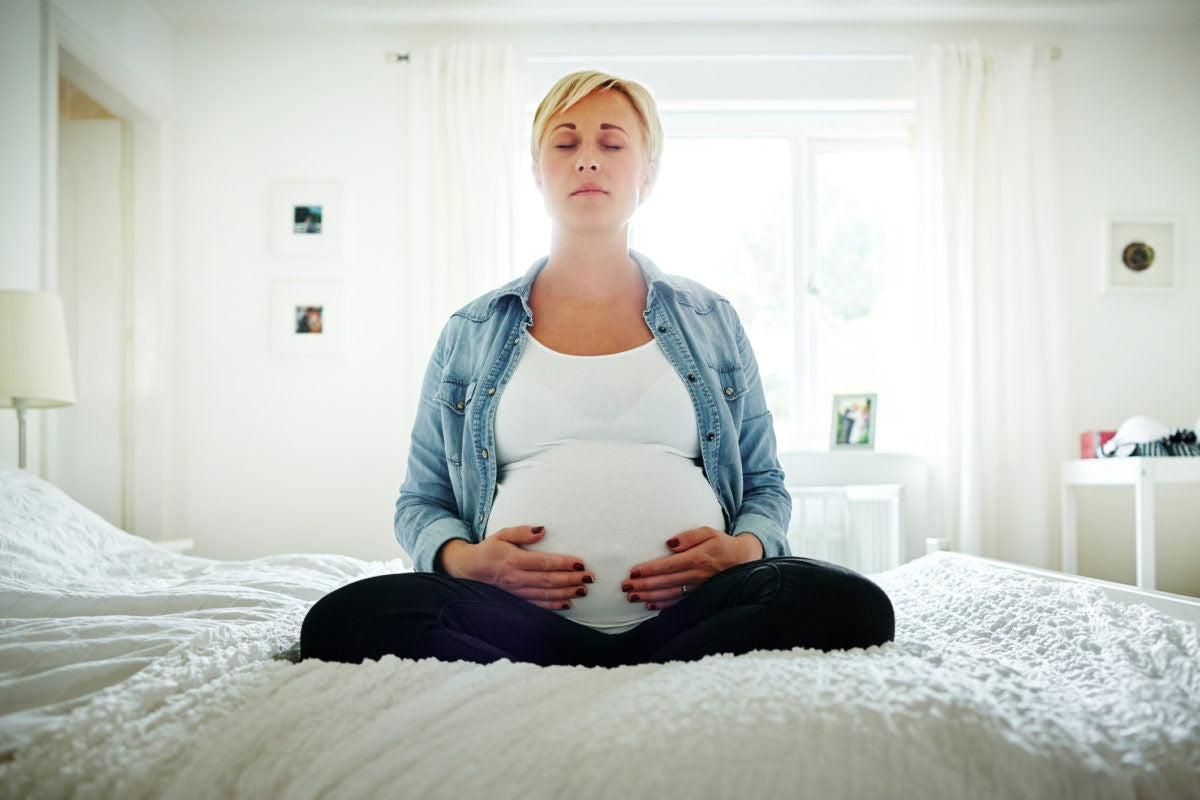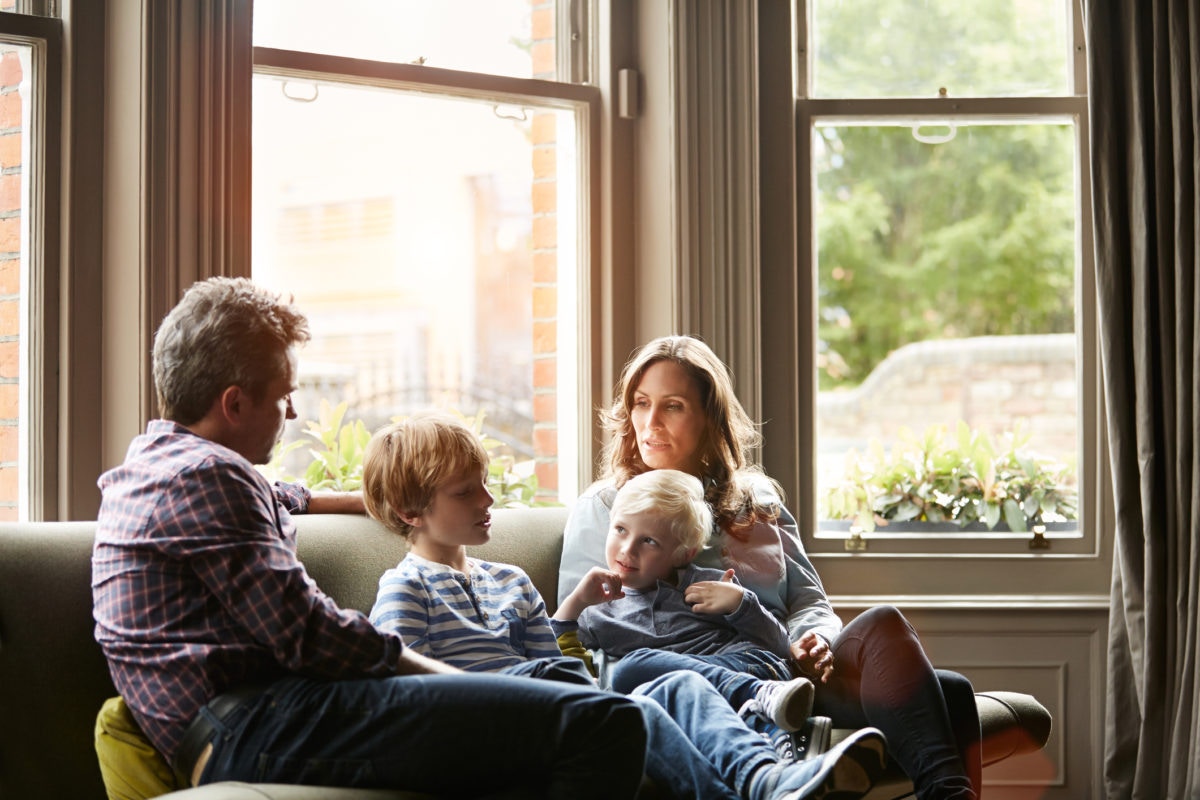When major news stations released an announcement that Miralax has been linked to behavioral problems in children, I froze. I stopped scrolling and kept reading. Miralax, a laxative commonly prescribed to children, was under scrutiny for allegedly causing side effects (including rage) in children. In particular, the ingredient PEG-3350 was in the spotlight.
As a mother who struggled for over a year with a chronically constipated child, I understand the seriousness of this problem. Left untreated, chronic constipation can lead to pain, anal fissures, rectal prolapse, and encopresis. Desperate for something, anything, to make my child feel better, I took him to the doctor, who told me to give him Miralax. As a dutiful mother set on helping my son, I drove out on a cold night to buy Miralax. I scanned the label but put the bottle back on the shelf. I couldn’t justify giving the ingredients, including PEG-3350, to my child. I was dejected leaving the pharmacy empty-handed, but I made a decision that I thought was best for my son’s health.
While I chose to pursue alternative treatments and forgo Miralax, the study's results made me think. I was this close to giving my son a daily dose of Miralax. What if I had? Would he have been affected by behavioral problems? It might seem silly to ponder a topic like constipation in-depth, but I've been around enough children to know that this is a very common problem. It's about time parents learn why it's a problem and how to solve the problem in a healthy way rather than just put the figurative Band-Aid on it.
Causes of constipation
Before a parent can try to treat a child’s constipation, it is first helpful to understand the common causes of constipation in children. Interestingly, there are both physical and psychological causes.
Physical:
- Not enough fiber in the child’s diet
- Changes in diet, especially around the time of transitioning from all liquids (e.g. formula or breast milk) to solids
- Medications, particularly antidepressants
- Family history
- Other medical conditions
- Cow’s milk allergy (also drinking and eating too much dairy even without an allergy can lead to constipation)
- Too little exercise
- Not drinking enough water
Psychological:
- Holding the poop in due to fear, either from using the restroom away from home or during potty training
- Changes in your child’s routine (e.g. starting school for the first time or even vacations)
- Stress
From the extensive list of causes, it’s no wonder that nearly 30 percent of children suffer from constipation. Boys around the age of 10 make up the largest percentage of children treated by doctors for constipation. Pediatric psychologist Jessica Hankinson notes that boys around that age also have the highest rate of defecation anxiety.
The effect of our modern society on children’s digestive systems
The trends of modern society do little to improve children’s digestive systems. Dr. Maria Oliva-Hemker, director of pediatric gastroenterology at John Hopkins Children’s Center, weighed in on how modern society affects the poop cycles of kids, “Lifestyle choices that are common in the modern world - what we eat, how much we exercise, how much water we drink - are all contributing factors in the rise of constipation.” Between food choices, over scheduling, and lack of free play, kids’ digestive systems are not well-supported by the choices we often make.
In regards to food, much of the conventional food marketed to kids is a gut-busting joke. “Healthy” kids yogurts are often heated in a way that they retain none of the beneficial live cultures needed for a healthy gut. (Note: Look for yogurts that clearly mark “live cultures present”.) Even the artificial dyes added to make the yogurt more appealing to children have negative health consequences. In addition, processed foods (especially the “kid’s menus”) lack the healthy nutrients we need to keep our body working in top form.
Two more causes of constipation, lack of exercise and increased stress, are intensified by the current trend to schedule our children for activity after activity. With no free time to even think, that also means little to no time to spend in the bathroom. Kids may end up holding in their poop simply because there isn’t any time for that!
Natural remedies
With Miralax off the table, what is a parent to do? First, assess the cause of your child’s constipation. You may be surprised at what you find when you carefully analyze the food, water, and activity levels of your child. Perhaps you realize your little one simply needs to guzzle more H20 during the day; the simple trick of using a measured water bottle to keep track of how much water your kid is drinking is all you need. However, if you find that the cause for constipation is more difficult (in the case of a fear or a medication side effect), you may need to create a treatment plan. There are plenty of natural ways to encourage your little one to go.
Tweak your diet
Increase the dietary fiber in your child’s diet. Dried fruits (prunes, raisins, dried cranberries, dried apricots) excel at encouraging bowel movements. Alternatively boil and puree vegetables then add the puree to meatloaf as a hidden veggie serving. Ensure that your child doesn’t consume more than the recommended dairy serving as too much dairy does cause constipation.
Essential oils
According to "Aromatherapy for Babies and Children" by Shirley Price, there are 19 safe essential oils for babies and children. Of these 19, four are recommended for treating constipation: ginger, mandarin, orange, and rosemary. Dilute with carrier oil of your choice and rub on your child’s stomach and feet.
Hot drinks
A cup of hot water with lemon juice will often help your child’s bowels relax. Lemon is a natural laxative and will help cleanse the body as well. If placing the peel in the water, grab an organic lemon.
Sesame seeds
Chinese and Amish healers have both recommended the use of sesame seeds to help treat hard stools. The oil in the hull of the seeds adds moisture to the intestines, which is particularly helpful in advanced cases of constipation where the stools are hard and dry.
Black strap molasses
Black strap molasses is rich in vitamins and minerals, including magnesium. Give a spoonful to your child before bed to get the most of magnesium’s constipation-fighting abilities.
It’s important to note that while these may help a bout of constipation, prevention is key in managing chronic constipation. Drink plenty of water, eat a diet rich in fiber, and exercise at least three to four times per week. From experience, when any one of those three categories is neglected, my son will miss a day on the potty. Prevention is gold.
Treating the psychological causes
Pediatric gastroenterologist Dr. Reema Gulati recognizes the strong link between the mind and body. The physiological causes of constipation are as every bit real as the physical; a child cannot be free from constipation until his or her psychological causes are treated as well. Help your child overcome the psychological hurdles.
- Do not punish a child for accidents as this may lead to withholding.
- Help your child overcome his or her fear of pooping in public. Use festive toilet seats, a funny song, or whatever you need to do to lower the stress factor.
When you’re a parent, you sign up for poop duty. We are taught what to do when diapers explode, we invest in diaper changing stations, and we know the many shades of newborn poo. But no one likes to openly discuss what to do when the poop doesn’t come. Just know that I’ve been the worried mom praying for poop. Your child is not alone, and you have more choices that just Miralax.



